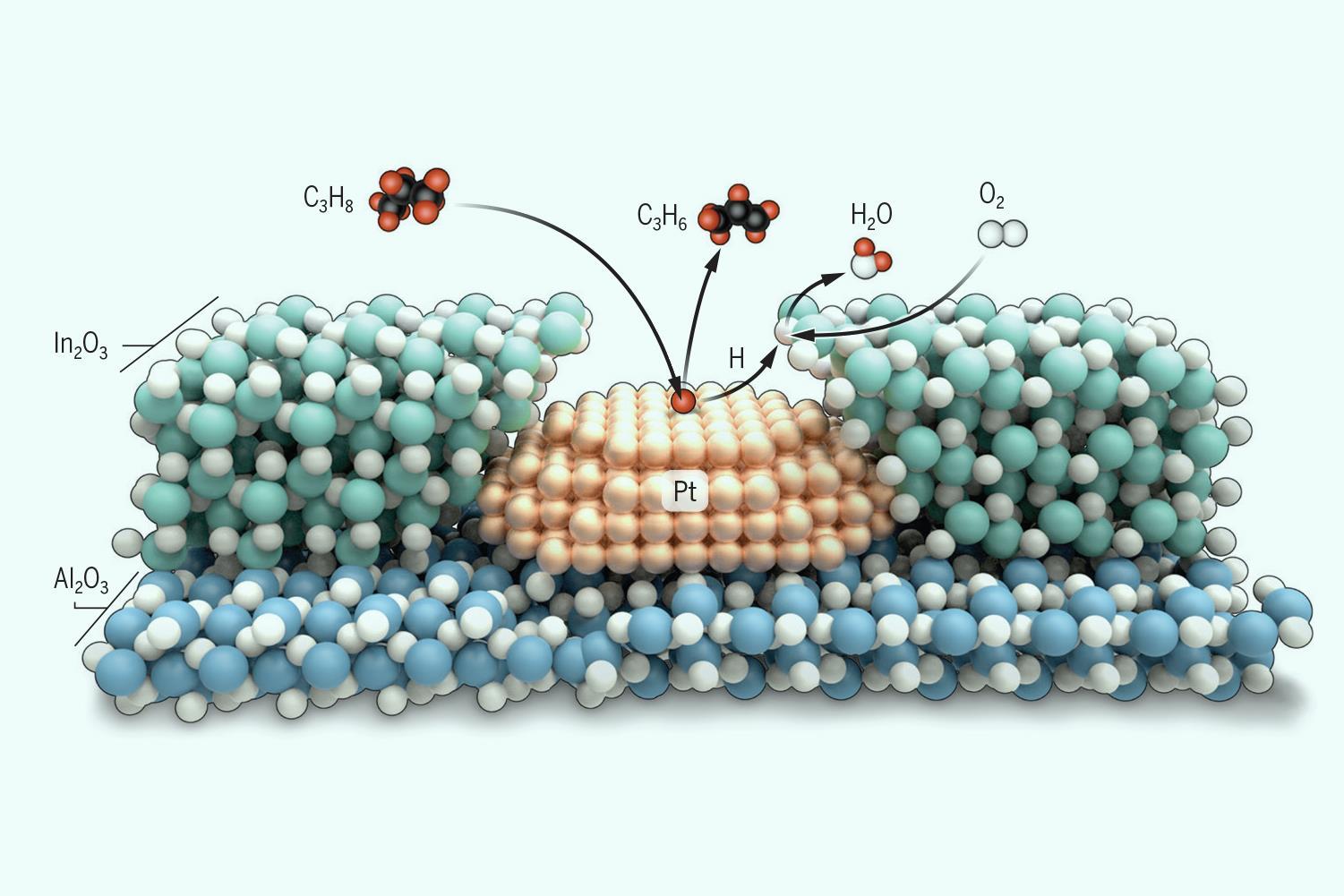
Researchers in the United States have created an innovative anionic organic photocatalyst that employs visible light to reduce arenes at ambient temperature, improving safety and efficiency while potentially being applicable to other hard-to-reduce compounds. Arenes, essential precursors for commodity chemicals, conventionally depend on the Birch reduction, which requires severe conditions involving pyrophoric alkali metals and hazardous ammonia solutions, thus restricting scalability.
Niels Damrauer and Garret Miyake from The Centre for Sustainable Photoredox Catalysis worked together on an organic photoredox catalyst, taking inspiration from the biological electron donor system of chlorophyll P680. This catalyst, a benzo[α]coronene diester, facilitates electron transfer using light, executing proton-coupled electron transfer to reduce back electron transfer. The novel catalyst leverages visible light, circumventing unwanted side reactions commonly observed in the Birch reduction.
Their creative approach enables highly reducing conditions without the need for transition metals or rare elements, achieving yields ranging from 23–93% across a variety of compounds. By substituting harsh solvents with a blend of water, methanol, and THF, the catalyst substantially enhances reaction conditions. Future advancements may broaden its applicability to other difficult molecules like per- and polyfluoroalkyl substances or heteroarenes, representing a notable progress in sustainable chemistry.